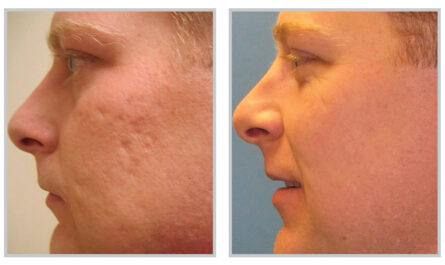Polymeric biomaterials are widely used in medical applications owing to their desirable properties such as biocompatibility and flexibility in design. They include both natural polymers as well as synthetic polymers that are gaining increasing importance in the biomedical industry. This article discusses the key advancements, applications, global market outlook and future opportunities in the field of polymeric biomaterials.
Types of Polymeric Biomaterials
Natural polymers: Natural polymers such as collagen, fibrin,gelatin and hyaluronic acid are commonly used biomaterials derived from animal or plant sources. They exhibit excellent biocompatibility due to their close resemblance to natural tissues. Some applications include tissue engineering scaffolds, wound management products and surgical mesh.
Synthetic polymers: Synthetic polymers such as nylon, polyester and polypropylene exhibit tunable mechanical and degradation properties. They are widely used for applications requiring structural integrity over long periods. Examples include orthopedic implants, stents and prosthetic devices.
Biodegradable polymers: Biodegradable polymers such as polylactic acid (PLA), polyglycolic acid (PGA) and their copolymers PLGA completely degrade in the body over time and are excreted, avoiding the need for implant removal. They find extensive application as degradable sutures, screws, plates and drug delivery systems.
Applications
Orthopedics: In orthopedics, biomaterials are used for facial reconstruction, fracture fixation, joint replacements and spinal disc replacement. Metals, ceramics and polymers are commonly used to restore bone and joint function.
Cardiovascular: Cardiovascular applications include blood vessel grafts, stents, cardiac valves, pacemakers and heart pumps. Dental implants, teeth alignment systems and bioresorbable matrices for bone regeneration also use biomaterials.
Ophthalmology: Contact lenses, intraocular lenses, vitreous substitutes and drug delivery devices employ biomaterials for ocular applications.
Nervous system: Polymers are emerging materials for nerve regeneration conduits, delivery of neuroprotective agents and brain implants.
Wound healing: Wound management applications include sutures, absorbable hemostats, skin/tissue substitutes and wound dressings.
Drug delivery: Biomaterial based drug delivery systems provide localized and sustained drug release for treating cancer, ocular diseases, osteoporosis and inflammatory conditions.
Global Market Overview
The global market for Global Polymeric Biomaterials was valued at US$ 80 billion in 2019 and is projected to reach $165 billion by 2027, registering a CAGR of 10%. Among categories, polymeric biomaterials account for about 30% of the total biomaterials market share.
North America dominates currently due to increasing research funding and product approvals. However, Asia Pacific is emerging as a key contributor due to low manufacturing costs, rising medical tourism and rapid economic growth in China and India.
Key growth drivers are rising prevalence of chronic diseases, increasing geriatric population, technological advancements and favorable regulations promoting biomaterial-based products. Material innovation, improved manufacturing techniques and combination product development are expected to create new market opportunities in the next decade.
Challenges and Future Directions
Key challenges faced by the industry include high costs associated with extensive preclinical/clinical testing, risk of product failure/recalls, reimbursement issues and shortage of tissue donors for regenerative therapies.
Future research areas involve developing improved biomimetic materials offering long-term functionality and degrading into non-toxic products. Combinatorial materials integrating polymers with cells/drugs may combine regeneration and disease treatment capabilities.
Advances in 3D printing, nanotechnology and stem cell therapy could enable fabrication of customized hybrid implants tailored for each patient. Minimally-invasive implants and robotically-assisted surgery may enhance clinical outcomes. Big data and machine learning approaches can help optimize biomaterial design and predict performance in vivo.
*Note:
1. Source: Coherent Market Insights, Public sources, Desk research
2. We have leveraged AI tools to mine information and compile it




